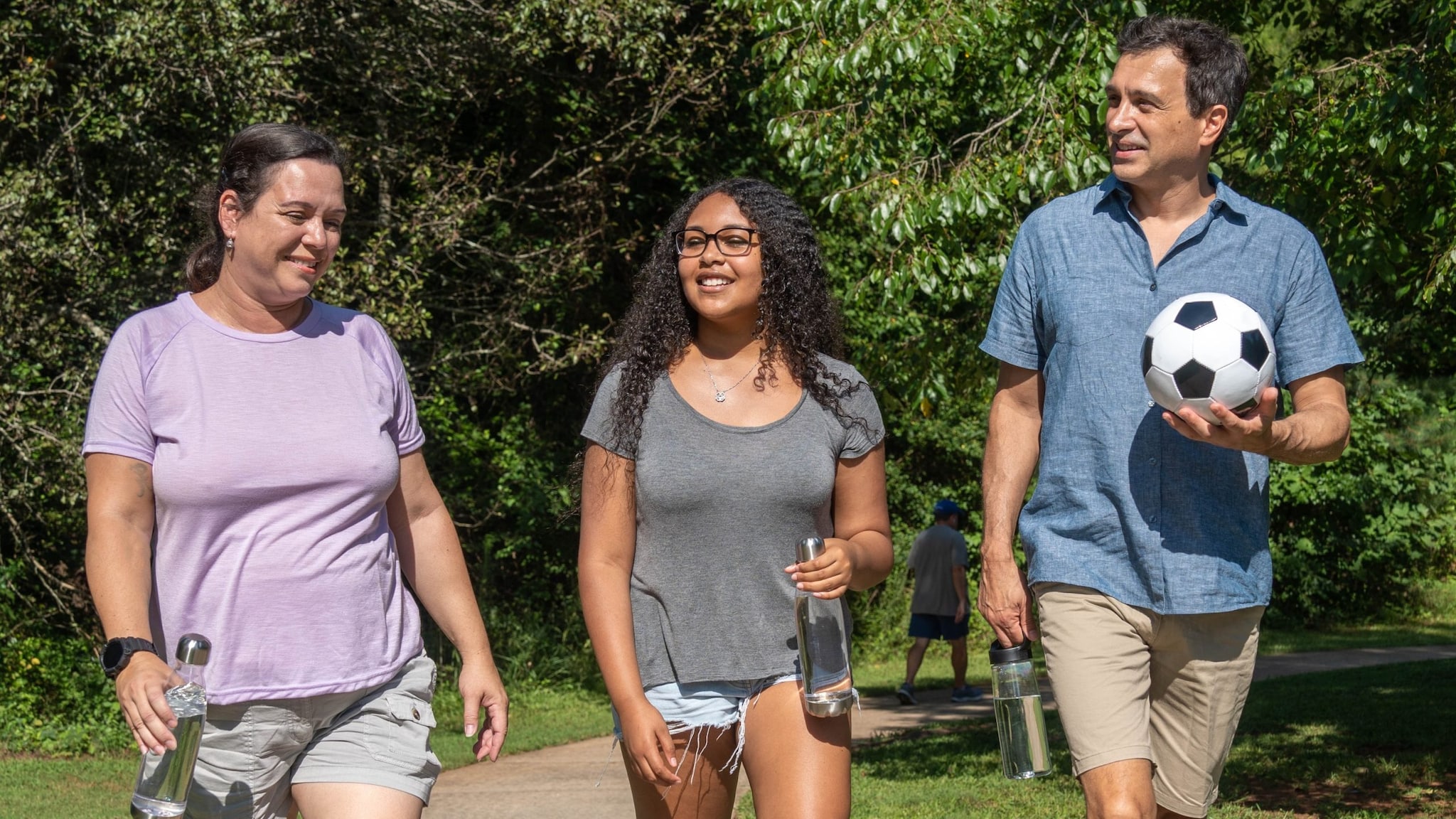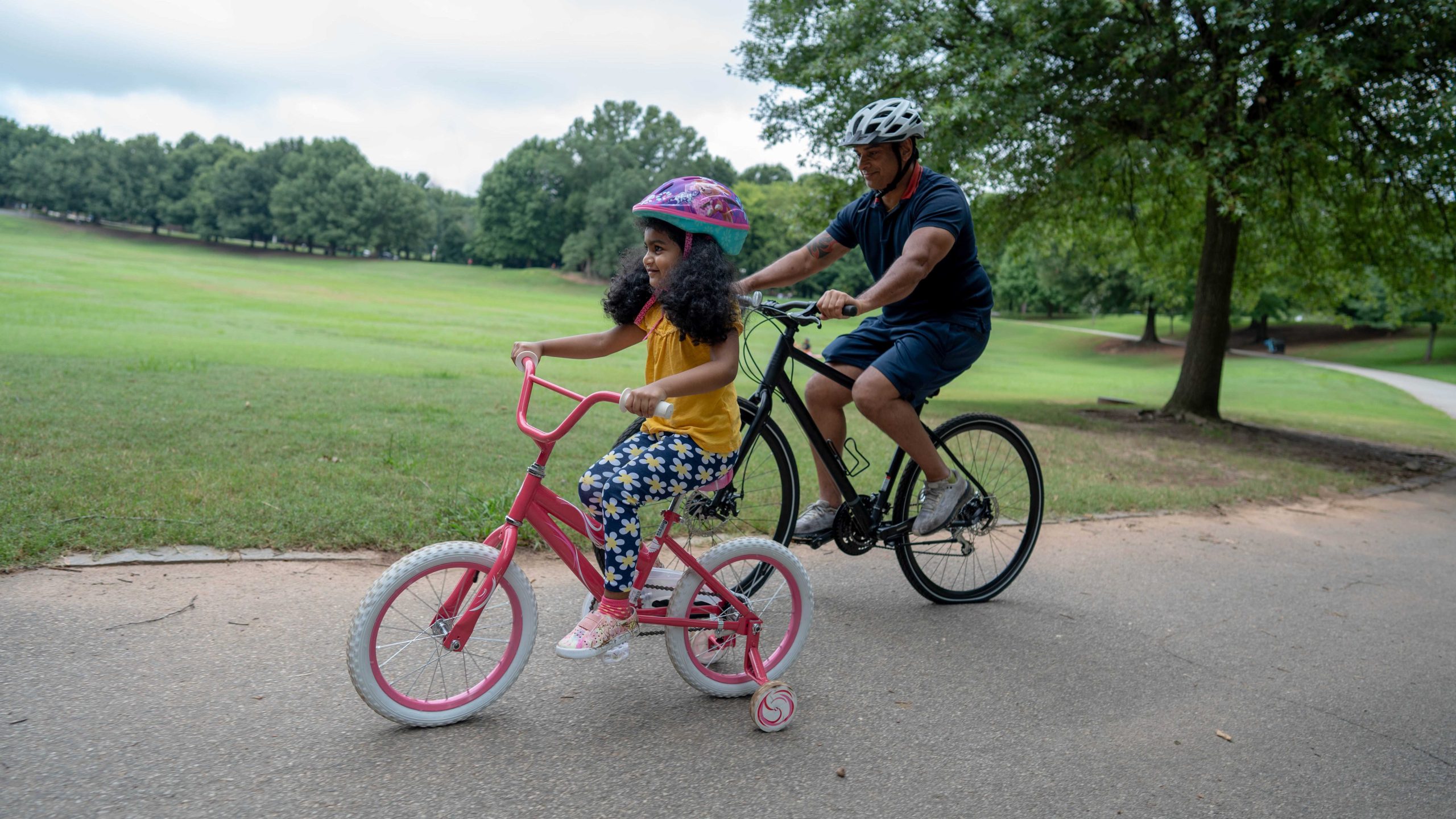Key points
- Physical activity is one of the best things people can do to improve their health.
- Physical activity is vital for healthy aging. It can help reduce the chances of getting some chronic diseases and prevent early deaths.
- CDC works with state and local organizations to increase physical activity.

Why it matters
Active people generally live longer and are at less risk for serious health problems such as heart disease, type 2 diabetes, obesity, and some cancers. For people with chronic diseases, physical activity can help manage these conditions and complications.
About one in two adults lives with a chronic disease. Of adults with chronic diseases, about half have two or more.
Only one in four U.S. adults fully meet the physical activity guidelines for aerobic and muscle-strengthening activity. Getting enough physical activity could prevent:
- 1 in 10 premature deaths
- 1 in 8 cases of breast cancer
- 1 in 12 cases of diabetes
- 1 in 15 cases of heart disease
See health benefits for:
Community benefits
Building active and walkable communities can help economically. It can also improve safety, result in the workforce taking fewer sick days, and promote social interactions.
Health care costs
$192 billion in annual health care costs are associated with inadequate aerobic physical activity.
Military readiness
Only 2 in 5 young adults are weight-eligible and physically prepared for basic training. "Long-term military readiness is at risk unless a large-scale change in physical activity and nutrition takes place in America," said Allen Peck, Lieutenant General, U.S. Air Force (Retired).
What CDC is doing
CDC's Division of Nutrition, Physical Activity, and Obesity partners with national groups, states, and communities to advance the following priorities:
Active People, Healthy NationSM is a CDC initiative to help 27 million Americans become more physically active by 2027. To reach this goal, CDC works with states and communities to carry out evidence-based strategies to increase physical activity.
CDC's Division of Nutrition, Physical Activity, and Obesity (DNPAO) works with three state and local programs to increase access to places for physical activity for all people:
- State Physical Activity and Nutrition (SPAN)
- High Obesity Program (HOP)
- Racial and Ethnic Approaches to Community Health (REACH)
We also fund the Physical Activity Policy Research and Evaluation Network (PAPREN). The network works across sectors to advance the evidence base for physical activity policies. It also puts research into practice with a shared vision: active people in active communities, supported by equitable, sustainable policies and practices.

Priorities
We encourage state and local organizations to use community design to connect pedestrian, bicycle, or transit transportation networks (called activity-friendly routes) to everyday destinations.
We also partner with states to implement policies and practices that improve physical activity in early care and education settings.
Milestones
CDC is assessing progress toward the Active People, Healthy Nation goal by measuring:
- Physical activity levels
- Community design
- Champions' support
Resources
What You Can Do to Meet Physical Activity Recommendations
Physical Activity and Your Weight
Active People, Healthy Nation℠
Public Health Strategies for Increasing Physical Activity
National Physical Activity Plan
Physical Activity Guidelines for Americans, 2nd Edition
Step it Up! The Surgeon General's Call to Action to Promote Walking and Walkable Communities
